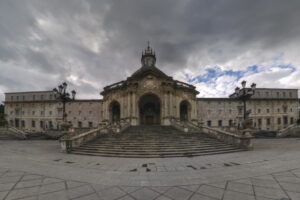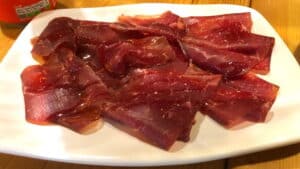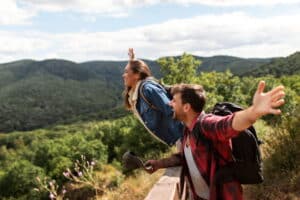
The Camino de Santiago is a personal challenge that tests both body and mind. Despite prior preparation, minor injuries can appear at any stage and on any route. Knowing how to respond to them makes the difference between abandoning prematurely or continuing the experience safely and consciously.
As specialists in the organised Camino de Santiago trip, we will help you identify the most common ailments, treat them properly, and prevent complications.
Índice de contenidos
- 1 Understand your injury: the most common ailments among pilgrims
- 2 First steps: immediate action protocol
- 3 What to carry in the pilgrim’s first aid kit?
- 4 Different routes and their level of difficulty
- 5 Stop or Continue? How to Decide Based on Your Body
- 6 Healthcare and Safety Resources Available in 2025
- 7 Prevention: Prepare Your Body Before and During the Walk
- 8 Active Recovery and Return to the Path
Understand your injury: the most common ailments among pilgrims
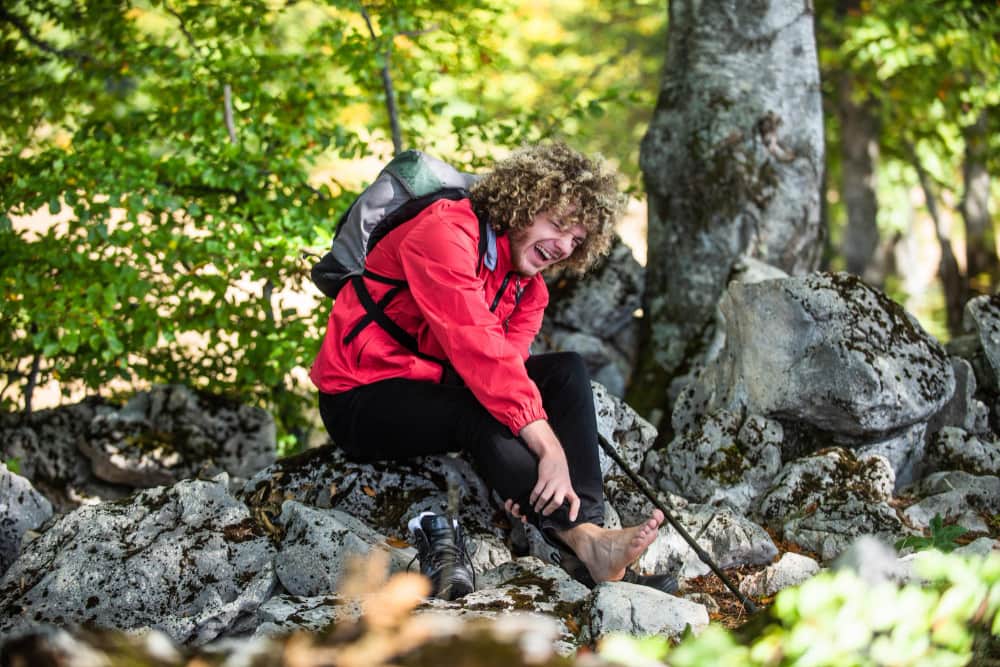
- Blisters and chafing. Blisters are undoubtedly the most common ailment among pilgrims. They appear due to repeated friction, especially on the feet, and are often the result of improper footwear or damp socks. If not treated properly, they can cause infections or lead to unnatural postures that result in muscle strains.
- Muscle strains and sprains. The accumulation of kilometres and weight, combined with insufficient physical preparation, can cause strains, especially in the calves, quadriceps, lower back, and shoulders. Sometimes they manifest as muscle cramps, with stiffness and localized pain.
- Minor sprains and twists. An unstable step, a loose stone, or a poor foothold on a slope can cause sprains, especially in the ankles. If the damage is mild (Grade I), rest, ice, and compression are usually enough, but it should not be ignored.
- Tendinitis and joint pain. Constant use of walking sticks or walking long distances on uneven terrain can inflame tendons, such as the patellar or Achilles tendon. The knees, ankles, and hips can also suffer. Mild tendinitis may allow you to continue, as long as the pain is managed and effort is adjusted.
First steps: immediate action protocol
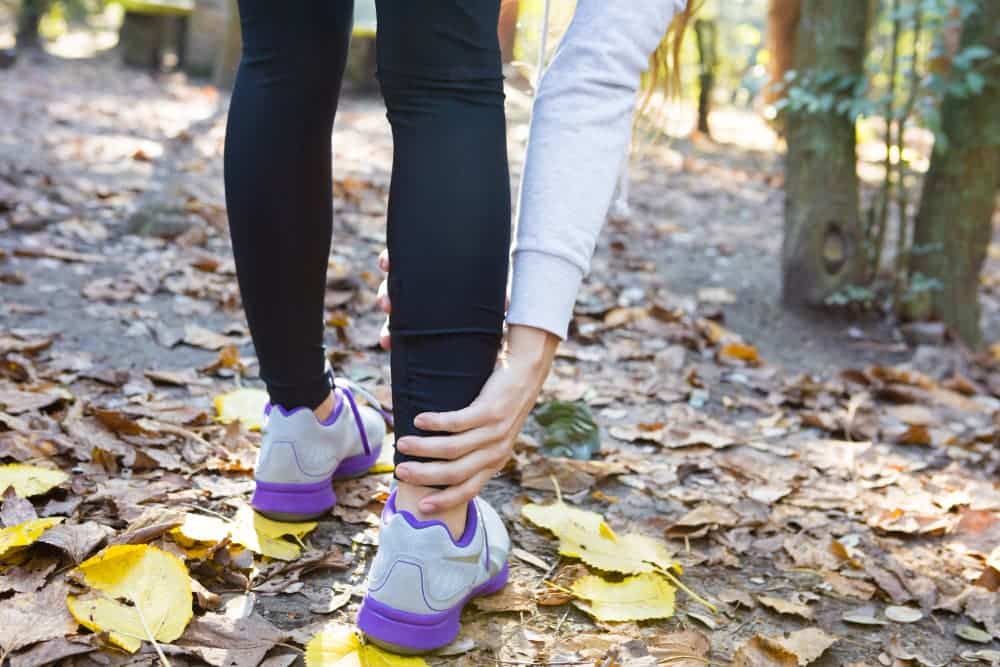
Assess the severity before continuing
Stop and assess your condition. If the pain is incapacitating, there is abnormal swelling, or you cannot put weight on your foot, it is best not to continue and rest as needed. However, if the pain is mild and improves with rest, you may consider continuing after applying first aid.
The RICE method step by step
The RICE protocol (Rest, Ice, Compression, Elevation) is key to treating minor injuries:
- Rest: rest as soon as you notice any discomfort.
- Ice: apply cold locally for 15-20 minutes every hour in the first few hours.
- Compression: use elastic bandages to reduce swelling.
- Elevation: keep the injured area elevated while resting.
Cleaning and treating blisters safely
- If the blister has not burst, the best thing is to protect it with a hydrocolloid dressing without puncturing it.
- If it has opened, clean it with water and soap, disinfect with povidone-iodine, and cover with a sterile gauze.
- Do not remove the skin unless it is hanging off, and avoid walking without protection.
What to carry in the pilgrim’s first aid kit?
A small first aid kit can be a lifesaver. You don’t need to carry a whole pharmacy, just the essentials.
Essential medical items
- Paracetamol 500 mg: basic painkiller to relieve general pain. The maximum recommended dose is 3 grams per day.
- Ibuprofen 400 mg: anti-inflammatory useful for reducing inflammation and muscle pain. Should always be taken after meals.
- Oral antihistamine (Chlorphenamine 4 mg): indicated for relieving mild allergic reactions, such as insect bites or hives.
- Antiseptic (chlorhexidine or povidone-iodine): essential for cleaning open wounds or blisters. Prevents infections on exposed skin and promotes healing in the humid environment of the Camino.
- Small scissors and tweezers: useful for cutting gauze, opening dressings, or removing splinters or dead skin with precision. Ensure they are clean and disinfected before use.
Materials for blisters and quick bandages
- Hydrocolloid dressings: create a protective barrier over the blister, reduce friction, and speed up healing. Ideal for preventing infections and continuing to walk with less pain.
- Gauze and hypoallergenic tape: allow you to cover clean wounds without irritating the skin. Gauze absorbs exudate, and the tape secures the dressing without causing allergies.
- Elastic bandages in various sizes: used to compress minor sprains, reduce swelling, or temporarily immobilise joints. They should not be too tight to avoid cutting off circulation.
- Sterile needles and monofilament: necessary if you need to drain a large or liquid-filled blister. Use only if you know how to do it, and disinfect before and after use.
- Disposable gloves: essential for handling wounds without risk of infection. Also useful if you need to assist another pilgrim with injuries in sensitive areas.
The first aid kit should be lightweight, accessible, and organised. Each item has a specific purpose on the trail.
Different routes and their level of difficulty
Not all Camino de Santiago routes have the same level of physical demand. Choosing wisely can help you prevent injuries if you know your limits.
- The French Way. It is the most popular route with the best infrastructure. Its difficulty is moderate, with long stages but varied terrain and frequent services. Recommended for those seeking a steady pace and support at all times.
- The North Way. This coastal variant is beautiful but more demanding. The terrain is more technical, with constant ascents, humidity, and uneven stretches. If you have joint discomfort or minor injuries, you may need to adjust your pace or shorten some stages.
-
- The Camino de Santiago from Santander to Gijón runs along part of the northern coastline, combining sea and mountain. Its moderate elevation and the beauty of the landscape make it an attractive but somewhat challenging option.
- The Portuguese Way, Interior and Coastal. An ideal alternative for those seeking a gentler journey. The stages are moderate, the weather is favourable, and the terrain is generally comfortable. Highly recommended for beginners or those looking for a more manageable experience.
-
- The Camino de Santiago from Porto to A Guarda crosses the north of Portugal, with a gentle route and good terrain. It’s ideal if you’re looking for a peaceful journey, with an Atlantic and Portuguese cultural flavour.
-
- The Camino from A Guarda to Santiago follows the Galician coast from the mouth of the Miño River to Santiago. It features flat stretches, wooden walkways, and open views, making it ideal for recovery stages.
- Other popular variants (Primitive, English, Via de la Plata, Winter)
- The Primitive Way is tough, with demanding elevation changes. Not recommended if you have any injuries.
-
- The English Way is short and accessible, ideal if you need a shorter route.
-
- The Via de la Plata combines long stages with high temperatures, especially in summer.
-
- The Winter Way avoids Alto de Cebreiro, a good option outside peak season.
Stop or Continue? How to Decide Based on Your Body
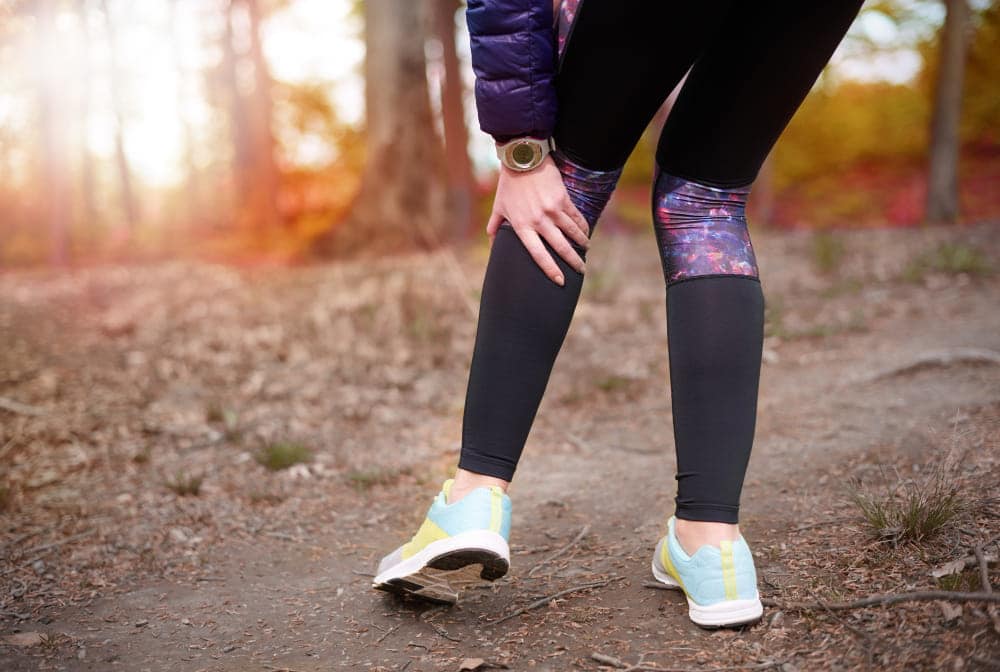
One of the toughest decisions is whether to continue or stop. Here are some signs that may help you decide:
- Persistent pain: if it doesn’t ease with rest, stop.
- Loss of mobility: if you can’t put weight on your foot, walk, or use your poles properly.
- Extreme fatigue: if your body isn’t responding and you struggle to move forward.
- Signs of infection: fever, excessive redness, or discharge.
Remember that the Camino can be resumed later, and you can rest on any stage you feel necessary. Your health is always the priority.
Healthcare and Safety Resources Available in 2025
The busiest routes have emergency and basic assistance services:
- Red Cross: Mobile teams are deployed in Galicia during peak times. They also set up fixed aid posts in key sections.
- Guardia Civil: Through the Pilgrim’s Mobile Office, they offer help, advice, and incident management.
- App AlertCops: Allows you to contact emergency services even if you don’t speak Spanish.
- Rural Health Centres: There are small clinics in many intermediate towns.
- Pharmacies on call: There’s always one in each area; information is available at hostels and accommodations.
It’s recommended to always carry a copy of your documentation and a valid health card (or the European equivalent).
Prevention: Prepare Your Body Before and During the Walk
The best way to deal with an injury is to prevent it from happening. Here are some recommendations to minimise the risk:
- Prior Training: Start walking at least a month before, gradually increasing the distance.
- Muscle strengthening: Spend time on exercises for legs, core, and back.
- Proper footwear: Use boots that are already broken in, breathable, and in your exact size.
- Technical socks: Prevent moisture and chafing.
- Poles: Help distribute weight and stabilise your stride.
- Hydration and nutrition: Essential to avoid cramps and fatigue.
- Regular breaks: Listen to your body and rest before you feel pain.
The Camino is not about speed, but about consistency and well-being.
Active Recovery and Return to the Path
If you decide to take a rest day, make use of it to apply care that will help you return with energy:
- Gentle stretches: Focused on the affected area.
- Massages with anti-inflammatory cream or arnica.
- Cold/heat application depending on the phase of the injury.
- Good sleep: The body regenerates during sleep.
- Progressive return: Start with half a day and assess your progress.
Don’t compare yourself to other pilgrims. Every journey is unique, and adapting it to your needs is a sign of intelligence and respect for yourself.
Having a mild injury on the Camino de Santiago does not mean the end of the journey. With the right response, basic materials, and knowledge of the environment, you can continue without further risks or stop to recover properly.
Remember: assess the injury calmly, apply the RICE method if necessary, know the resources available, adapt your route to your situation, and prioritise your health. The Camino will still be there when you’re ready. Sometimes, stopping is part of the learning process. And when you’re ready, the path will be waiting for you.

